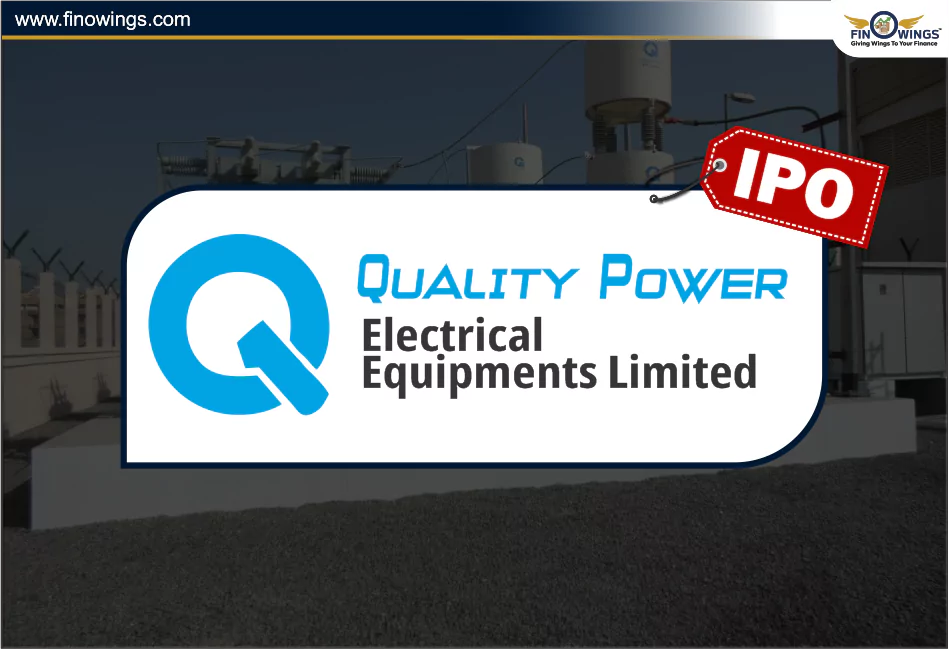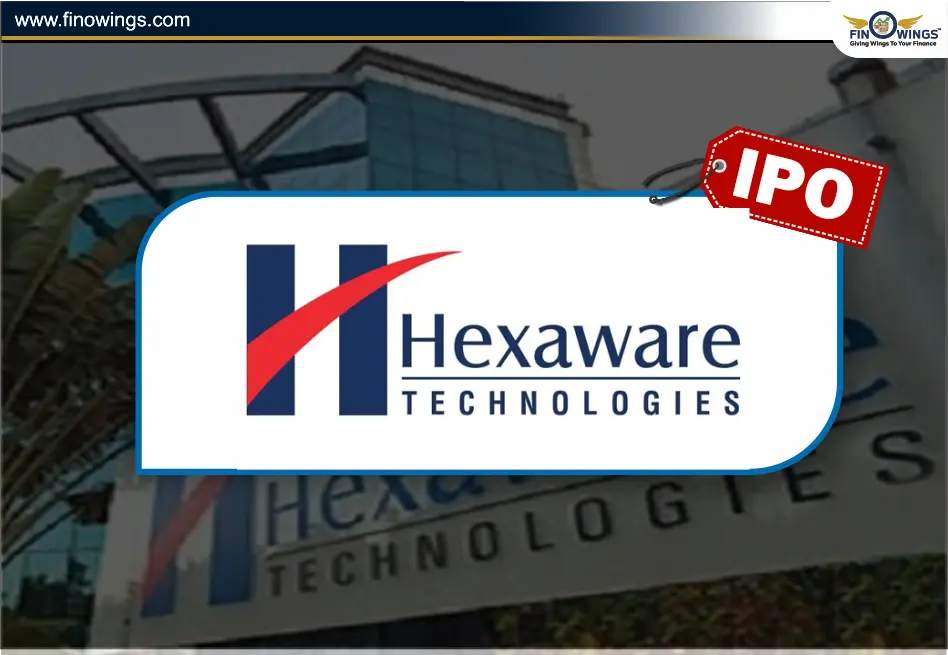Home >> Blog >> Mainboard IPO vs SME IPO
Mainboard IPO vs SME IPO

Table of Contents
In recent years, India has witnessed significant retail interest in initial public offerings (IPOs), with many well-known companies successfully going public and many more preparing for an IPO. Due to the high level of investor demand in these IPOs, most of them were oversubscribed.
The recent mainboard IPOs involved large companies with a sizable market cap and substantial financial backing. But does that imply that going public to raise money is only feasible for large corporations? The option here is an IPO for SMEs. An option for small and medium-sized businesses to become public is known as an SME IPO. Here are some details and differences between the mainboard and SME IPOs.
Mainboard IPO- An Overview
When a privately held company sells shares to the public for the first time and becomes listed on stock exchanges, it is known as a Mainboard IPO (Initial Public Offer). These big corporations have a post-issue paid-up capital requirement of at least Rs. 10 crores. There is often a premium for existing private investors. Therefore, the transition from a private to a public firm can be crucial for private investors to reap the rewards from their investments.
How does Mainboard Initial Public Offering (IPO) Work?
- An organization is regarded as private before an IPO. The business grew with few shareholders, including early backers like its founders, their families, friends, and suitably qualified investors such as venture capitalists or angel investors.
- An IPO allows a company to raise significant capital, which is a big step. As a result, the company's capacity for growth and development increases. Additionally, the enhanced transparency and trustworthiness of the share listing may help it get better terms when looking for borrowed money.
- A company will start to publicize its interest in going public when it reaches a point in its growth process. This is when it believes it is mature enough for the demands of SEC laws and the advantages and obligations to public shareholders.
- This stage of development often starts when a business achieves unicorn status or a private valuation of about $1 billion. However, depending on the market competition and their capacity to meet listing standards, private companies of varying values with sound fundamentals and demonstrated profitability potential may also be eligible for an IPO.
- A company's IPO shares are valued by underwriting due diligence. When a corporation becomes public, the privately held shares are converted to publicly held shares. Existing private shareholders' shares are now worth the general market price. As part of the share underwriting, special terms may also apply to private shares being converted to public shares.
- Millions of investors have the enormous possibility to purchase company shares and add money to the shareholders' equity of a company through the public market. Any person or institution interested in investing in the company is considered a public member.
- The number of shares sold by the company and their price determine the company's new shareholders' equity value. Investors' shares remain shareholders' equity regardless of whether a company is private or public. However, when a company becomes public, the cash from the primary issuance dramatically raises shareholders' equity.
Pros and Cons of Mainboard IPO
Pros of Mainboard IPO
- One main benefit is that the company can raise money by accepting investments from the entire investing public. This facilitates the completion of acquisition negotiations (share conversions) and enhances the company's public image, reputation, and visibility, which can increase sales and profitability.
- Due to the improved openness of mandatory quarterly reporting, a firm can often benefit from more favorable credit borrowing terms than a private company.
Cons of Mainboard IPO
- Companies may find that going public has several disadvantages and use alternative strategies. One of the most significant drawbacks is the high cost of initial public offerings (IPOs) and the often unrelated costs of sustaining a listed company.
- The business must also publish financial, accounting, tax, and other business data. During these disclosures, it might be compelled to publicly reveal trade secrets and business strategies, which could offer competitors an advantage.
SME IPO- An Overview
The Indian capital markets are undergoing a paradigm shift due to the SME IPO, or small and medium enterprise initial public offering. SMEs are widely acknowledged as the foundation of the Indian economy, but they frequently experience unfair treatment regarding funding and access to capital markets.
Initial public offerings for small and medium-sized firms are known as SME IPOs, as the name suggests. This is because SMEs can directly access public markets and acquire significant liquidity. This saves time and effort compared to pitching a long list of individual and institutional investors for funding.
How does an SME IPO work?
- Even though they are generally more straightforward, SMEs still need an expert merchant banker or SME IPO consultant to help them with the underwriting of the issuance.
- The next step is to verify that the company's facts, accounts, and data accurately reflect the truth. There are no differences that could materially affect the SME's narrative.
- The prospectus should provide thorough information about the company's operations and prospects, much like a standard IPO. For potential investors, this should function as the mission statement.
- Each step and piece of documentation has been thoroughly checked, and any necessary changes and feedback have been made. At this point, a site inspection will also take place to confirm the claims' veracity further.
- The SME will obtain in-principle permission after all the information has been satisfactorily validated, with a few conditions needing final approval before the issue may be opened.
- On a particular day, the issue is opened after receiving all relevant clearances. It will remain open for a short period following marketing and advertising before being closed and distributed shares.
- Investors can buy and sell company securities on the BSE SME or NSE Emerge platforms once the issue has been fully subscribed to and shares have been allocated.
Pros and Cons of SME IPO
Pros of SME IPO
- Many SMEs have benefited from SME funding markets. More than 300 listings on the BSE SME and 180 on the NSE SME have been made since its launch in 2012. The exchanges simplify their rules, making them simple, affordable, and quicker for SMEs to list.
- The SME platform will connect listed businesses with long-term institutional investors willing to take on risk and help India's market grow.
- A firm can increase in size and value and move to a mainboard platform with more diverse IPOs by listing on the SME platform.
Cons of SME IPO
- SME IPO investing involves several risks because SMEs typically enter the primary markets very early in their lifecycles.
- Applications for SME IPOs often cost over INR 1,00,000. This high entry hurdle extends beyond the first share allocation.
- Stock exchanges primarily supervise SME IPOs. SEBI does not review the draft prospectus of an SME IPO candidate.
Conclusion
Many investors purchase SME companies' initial public offerings (IPOs) during the offering period. As a result, IPO subscriptions are increasing. Excellent IPO listing gains result from the increased demand for IPO shares. Due to the more robust demand for firm shares, the IPO with the highest subscription in India has a better chance of experiencing a blockbuster listing on the stock exchange. As a result, both short-term listing gains and long-term investment opportunities are favorable with these IPOs.



















